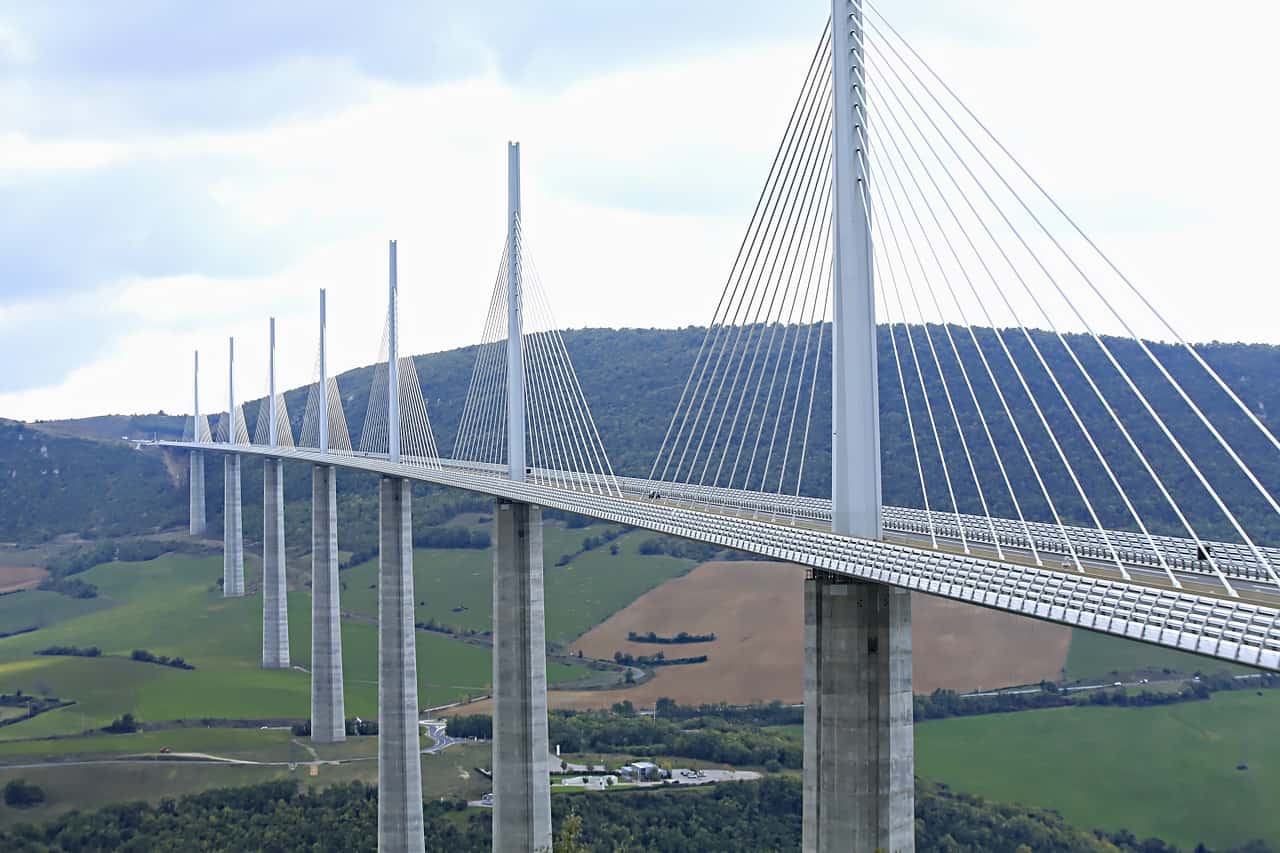
You probably use them every day, but have you ever wondered how amazing bridges are? They are huge spans of concrete, metal, and wires that weigh thousands of tons, yet they can even withstand devastating and violent natural disasters like earthquakes, floods, and hurricanes. Let’s take a look at the greatest architectural masterpieces!
The world’s longest bridge is the Great Danyang – Kunshan Bridge in China, part of the Beijing-Shanghai high-speed railroad. It opened in June 2011 and stretches 165 kilometers. Another part of this railroad, the 114-kilometer long Langfang – Qingxian Viaduct, is the second longest bridge in the world.
China built the Danyang – Kunshan Great Bridge in just 4 years, employing 10,000 workers. The entire investment cost $8.5 million. The bridge crosses low rice fields and part of the Yangtze River delta. It also crosses Yangcheng Lake in Suzhou. It sits an average of 31 meters above the ground.
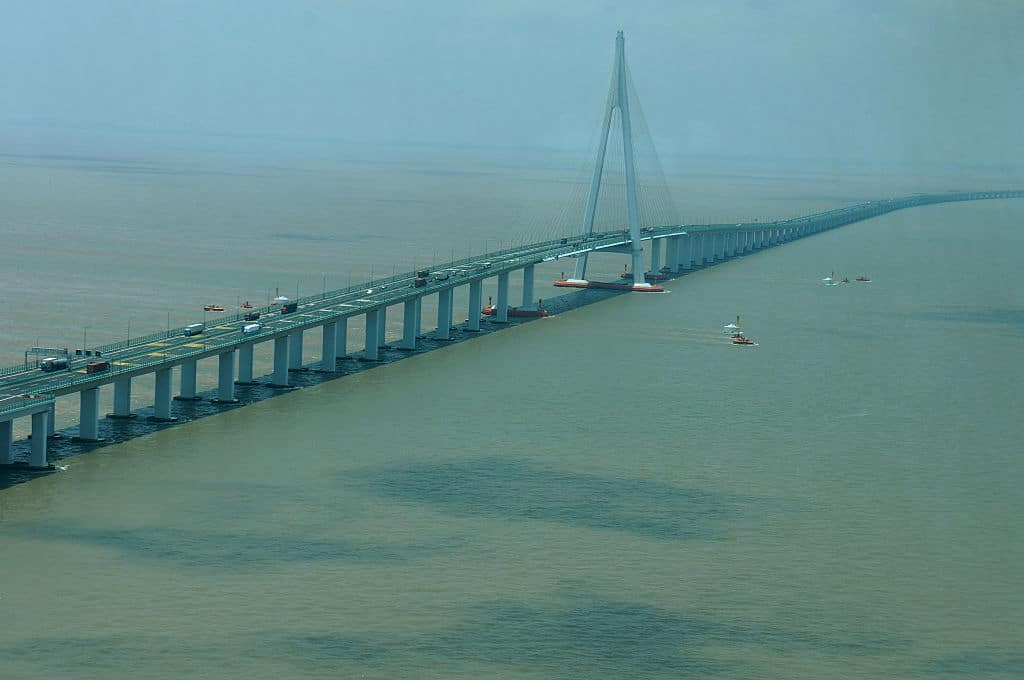
The longest road bridge in the world is the 34-mile (55 km) Bang Na Expressway in Thailand. It is a six-lane elevated highway that crosses the Bang Pakong River. Construction of the massive bridge required more than 1,800,000 cubic yards of concrete.
Manchac Swamp Bridge is a double concrete flyover bridge in one of the American states, Louisiana. It is built over Lake Pontchartrain, famous for its incredibly long bridges. Although it is perfectly safe to drive on the bridge, legend has it that it is haunted by a Cajun werewolf known as “Rougarou” and a voodoo princess. Despite these scary tales, the only thing drivers should look out for are the alligators that inhabit the waters below the bridge
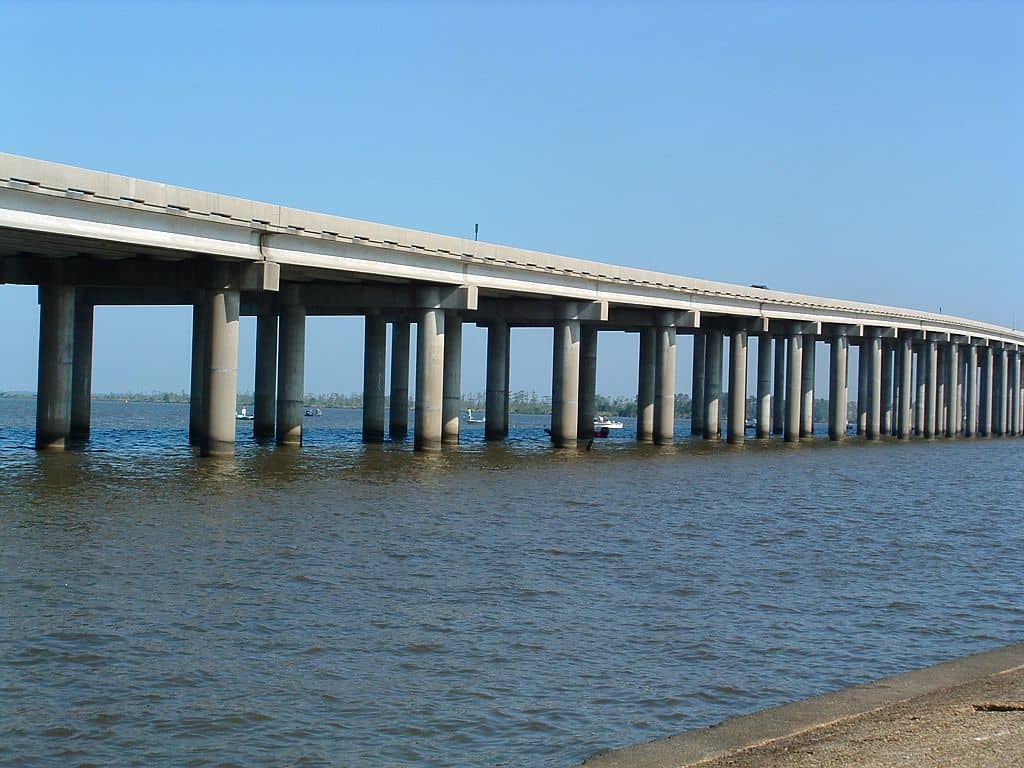
The Causeway is instead the longest bridge in the United States. It consists of two parallel bridges crossing Lake Pontchartrain in southern Louisiana. The longer of the two bridges is 38.35 km long
A suspension bridge is a work of architectural engineering. Think: a giant structure of wires and columns that manipulate tension and compression. This allows a single span of heavy material to be suspended in the air. It connects wide chasms and bodies of water.
Akashi Kaikyo is a 3.9 km long bridge built across the Akashi Strait, a 1,500 m long international shipping channel that connects the Pacific Ocean to the Sea of Japan. The suspension bridge connects the city of Kobe (Honsiu Island) with Iwaya (Awaji Island) in Japan. The spectacular nighttime view earned it the name Pearl Bridge.
The bridge opened to traffic on April 5, 1998, and is part of the Honsiu-Shikoku Highway. The original design was prepared for both cars and trains. It was eventually approved for road traffic only. The bridge carries nearly 23,000 cars every day. As studies revealed the need to implement new technologies to properly manage and maintain the bridge, a dry air injection system, among others, was used on the bridge.
The bridge has six roadway lanes, three in each direction. It consists of three spans. The middle span is 1,991 m long. The end spans are each 960 m long. The width of the truss is 35 m. The bridge is 280 m above sea level. With two strong girder systems, the bridge structure can withstand typhoons, earthquakes and strong sea currents. The height of each cantilever is 282.8 m. During the day, due to heat, the bridge can expand up to two meters.
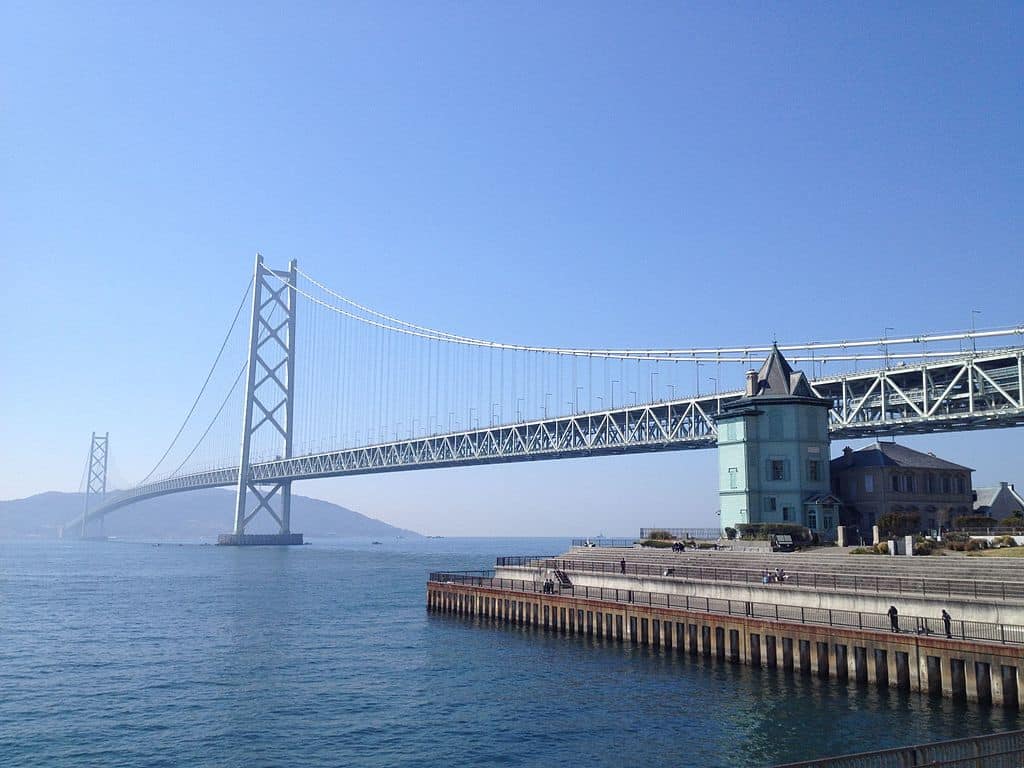
We’ve paid a lot of attention to bridges with impressive lengths, but that’s not the only feature that makes a bridge noteworthy
The Millau Viaduct holds the record for height. Its culmination is 343 meters (more than the Eiffel Tower). It is 2460 meters long and touches the bottom of the Tarn valley in only 9 places.
Designed by French engineer Michel Virlogeux and English architect Lord Norman Foster, it fits perfectly into a naturally intact and grand landscape. A very thin, slightly curved, steel roadway supported by rails gives it the appearance of a huge yacht. The structure rests on 7 very slender posts.
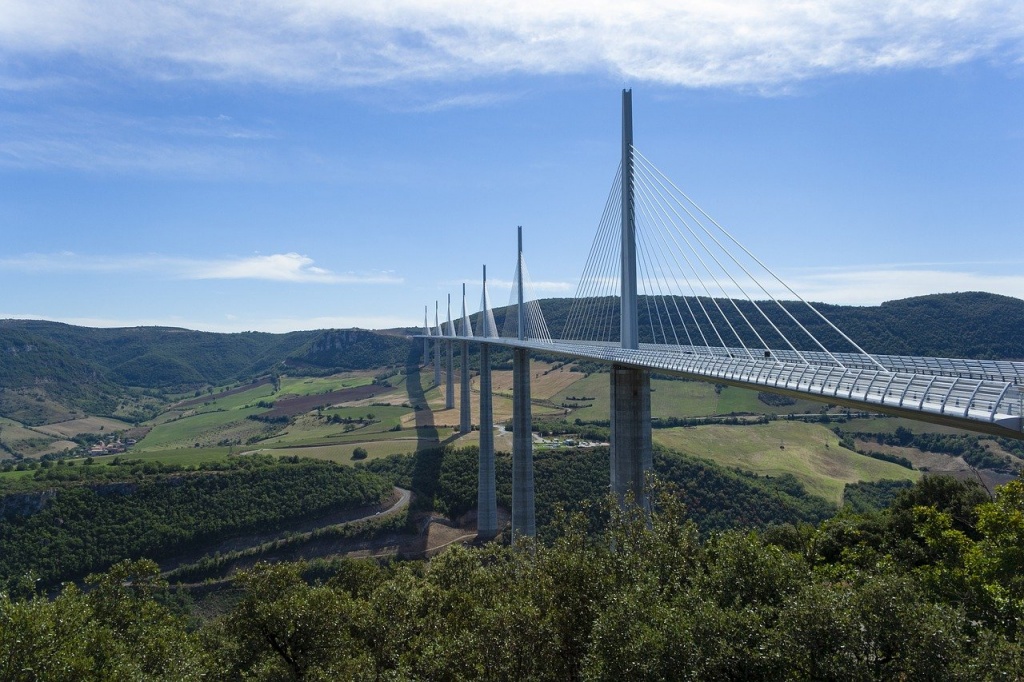
Photo by Patou Ricard/Pixabay